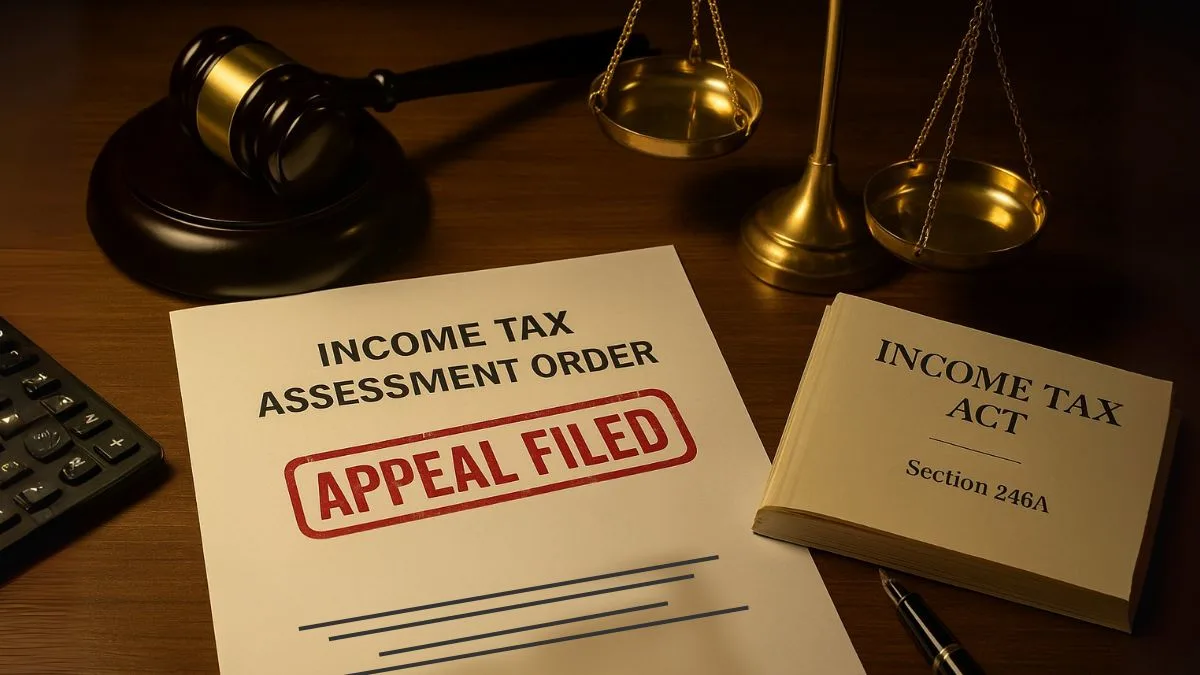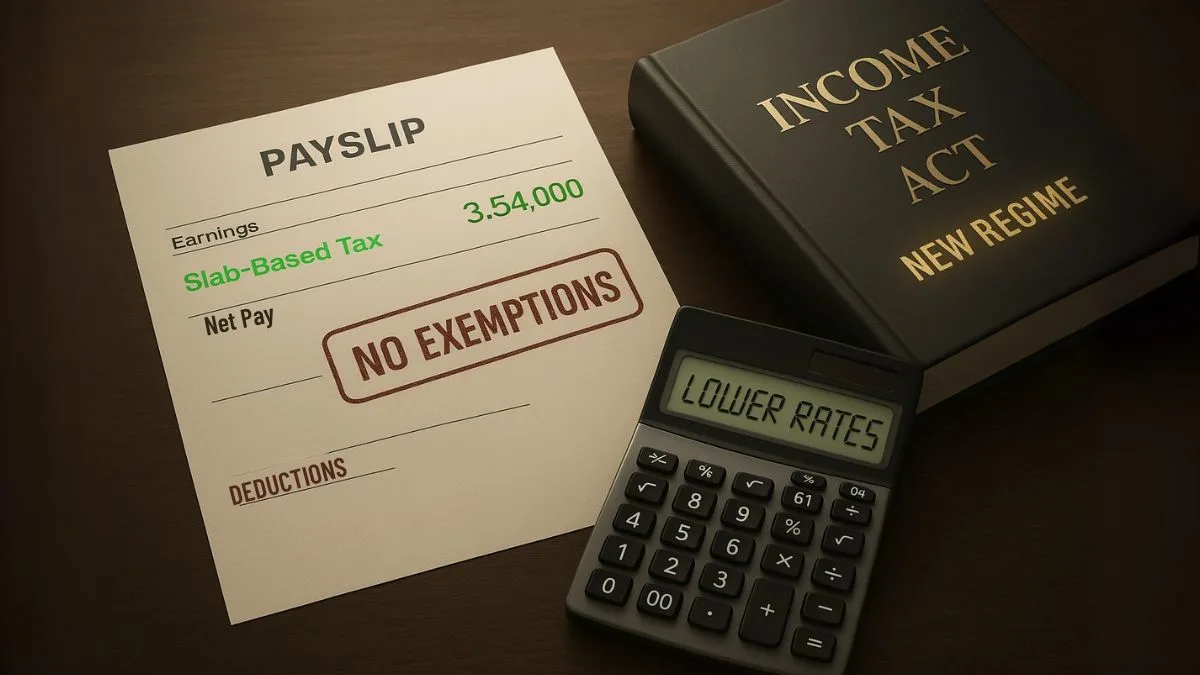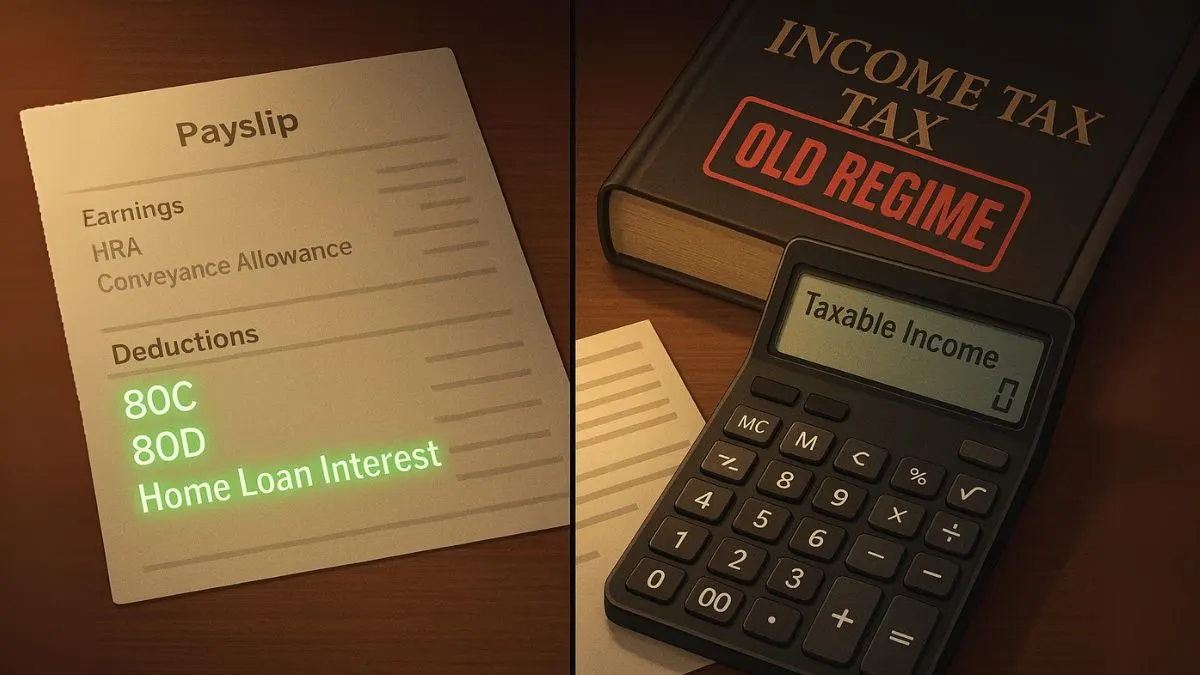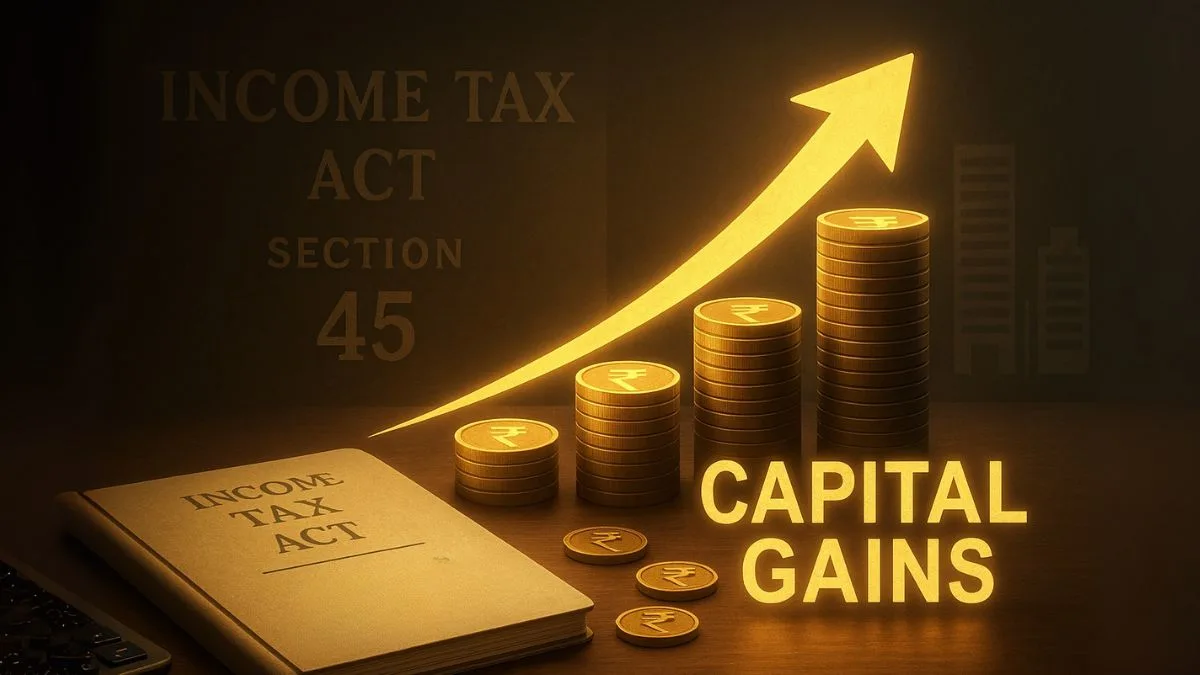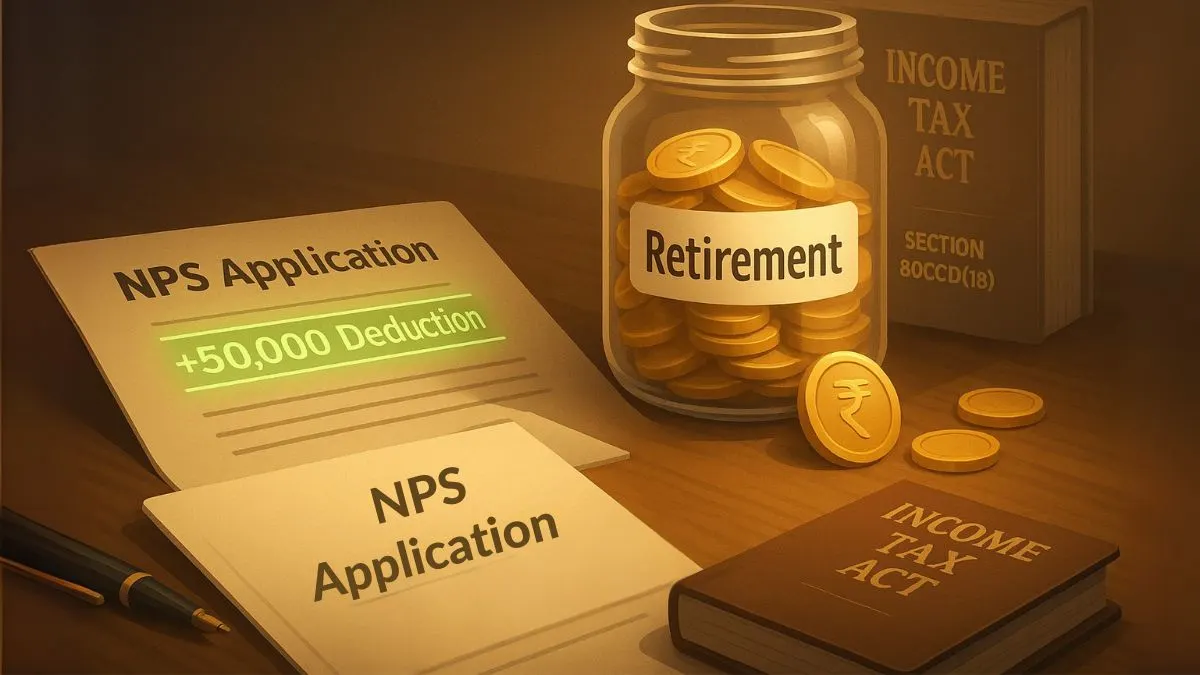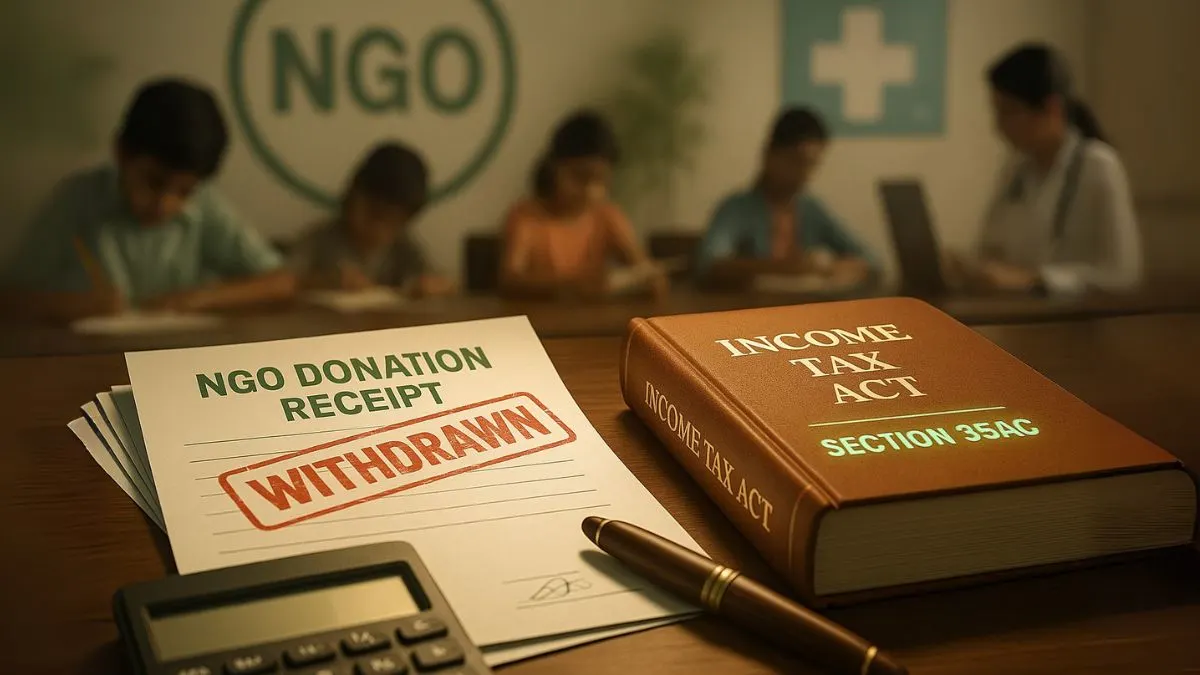
Tax laws in India often include special provisions to encourage contributions towards social & economic development. Section 35AC of the Income Tax Act is one such important section that was introduced to allow assessees to claim tax deductions for contributing towards notified projects or schemes. This provision has played a significant role in promoting charitable activities, social welfare initiatives, and other projects recognised by the National Committee under the law.
Although Section 35AC has now been withdrawn for fresh approvals, it is still important for taxpayers, professionals, and businesses to understand its scope, history, and benefits. For many years, this section offered 100% tax rebate to donors who contributed to specified social projects. Let’s break down the details.
What is Section 35AC of Income Tax Act?
Section 35AC of Income Tax Act provides for a deduction in computing the business income of an assessee who donates to projects or schemes approved by the National Committee.
- It specifically provides benefits to only those assessees who have income from the head 'business' or 'profession.'
- The projects must be notified by the Government, and only such contributions are eligible for deductions.
- It was widely used by companies & large business houses to support welfare schemes, healthcare projects, rural development programmes, and other socio-economic initiatives.
This section clearly linked social responsibility with taxation benefits, encouraging private participation in the nation’s growth."
Key Features of Section 35AC
- Eligibility
- Only taxpayers with income from business or profession could claim deduction.
- Salary earners or individuals with only investment income were not eligible.
- Deduction Limit
- Organisations having income from business or profession can get 100 per cent deduction.
- Unlike many other sections where only 50% of the donation is allowed, Section 35AC allowed for tax deductions for eligible companies or organisations up to the full donated amount.
- Approved Projects
- Projects needed to be notified by the National Committee for Promotion of Social & Economic Welfare.
- Examples included schools for poor children, healthcare centres, rural sanitation projects, safe drinking water supply, etc.
- 100% Tax Rebate
- The donor gets the benefit of 100% tax rebate on the contribution.
- This made Section 35AC highly attractive compared to many other donation-related provisions.
Also Read: 100% Deduction on Capital Expenditure for Specified Businesses
Purpose Behind Section 35AC
The Government introduced Section 35AC to channel corporate & business contributions into socially useful projects. The logic was simple:
- Businesses benefit from society, so they should also contribute back.
- By offering 100% deduction, the Government made sure that businesses did not feel burdened while contributing.
- It became a way of combining Corporate Social Responsibility (CSR) with tax planning.
Many businesses used this provision to support schools, hospitals, rural development, and sanitation drives, while also optimising their tax liabilities.
Examples of Deduction under Section 35AC
Suppose a company makes a profit of ₹50,00,000 in a year.
- It contributes ₹10,00,000 to an approved project under Section 35AC.
- Under this provision, the entire ₹10,00,000 will be allowed as deduction.
- Taxable income will then reduce to ₹40,00,000.
This clearly shows how Section 35AC provided immediate financial relief while encouraging participation in social projects."
Difference Between Section 35AC and Section 80G
Taxpayers often confuse Section 35AC with Section 80G. But there are some key differences:
- Section 80G applies to general donations made to charitable institutions, but the deduction is usually 50% or 100% with restrictions.
- Section 35AC applied only to business income & gave 100% deduction without restrictions.
- Section 35AC donations were linked with specific projects approved by the Government, while 80G covered a broader list of institutions.
Withdrawal of Section 35AC
The Finance Act, 2016 announced the phasing out of deductions under Section 35AC. This meant:
- Fresh approvals were not given after 1st April 2017.
- Contributions made to previously approved projects before that date were still eligible.
- The Government’s objective was to simplify the tax law & gradually shift CSR obligations directly under the Companies Act, 2013.
Thus, while Section 35AC no longer applies for new donations, its legacy is still discussed in taxation circles for the impact it created.
Also Read: Understanding the Faceless Collection of Information
Impact on Businesses and Donors
For nearly two decades, Section 35AC helped businesses reduce tax liability while contributing meaningfully to society.
- It created a structured channel for donations.
- Many healthcare facilities, rural infrastructure projects, and educational initiatives benefitted.
- Donors were assured that their contributions were fully deductible.
However, after its withdrawal, businesses now rely more on CSR obligations under the Companies Act or other donation-related provisions like Section 80G.
Common Misconceptions
- “Section 35AC is still available.”
– Not true. It has been withdrawn. - “Individuals can also claim.”
– Incorrect. Only assessees with income from business or profession were eligible." - “Any donation is eligible.”
– No, only contributions to notified projects qualified.
Conclusion
Section 35AC of Income Tax Act was a powerful tool that combined taxation with social responsibility. It provided for a deduction in computing the business income of an assessee, allowed for tax deductions for eligible companies or organisations, and ensured that organisations having income from business or profession can get 100 per cent deduction. The donor gets the benefit of 100% tax rebate, making it one of the most generous provisions of its time.
Although it has now been phased out, understanding it is crucial for tax professionals, businesses, and policy researchers. It highlights how governments can design tax incentives to drive social change.
💡 Want to simplify your tax planning and learn about deductions you can still claim today?
Check out our detailed guides and services at Callmyca.com – where we help you save taxes smartly and compliantly.






